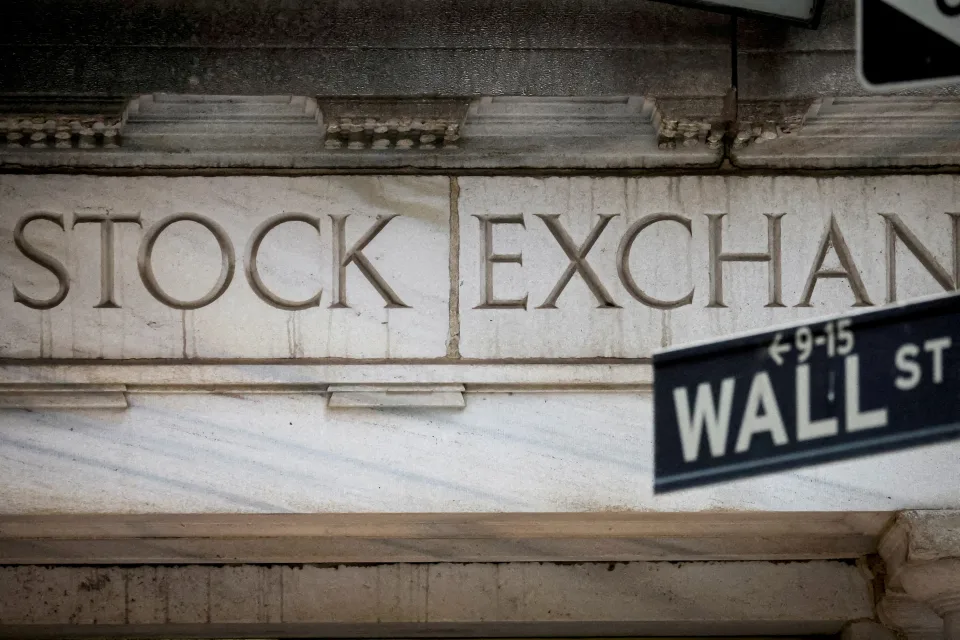Stocks ripped higher in the first three months of the year amid investor bets that the US economy remains on solid footing.
Now, the key debate on Wall Street entering the second quarter is whether the S&P 500 (^GSPC) has any more room to run after its best start to a year since 2019.
The market rally has broadened over the past few months, moving from a story of a few stocks driving the major averages higher to investors piling into sectors sensitive to economic shifts like Materials (XLB) and Industrials (XLI). The prevailing bet is that the US economy will continue to grow as inflation falls closer to the Fed’s 2% goal, a so-called soft landing scenario.
But some think after five straight positive months for the S&P the market could be due for a pullback.
“You’ve had this strong move … in anticipation of, let’s call it a Goldilocks or soft landing environment,” said Citi US equity strategist Scott Chronert. “And so we think we have to expect a digestive period here to digest these gains and allow some time for the fundamentals to grow into the price action.”
The equity strategy team at Goldman Sachs sits in a similar position, maintaining a 5,200 year-end target for the S&P 500. But given stocks’ surge past their current target, the team recently explored four other scenarios for the benchmark in a research note.
The two downside cases explore similar topics to those often referenced by the persistent bears on the Street. One is where the market’s expectations for earnings in large-cap tech are too optimistic, and that brings down the whole market. The other is that the Federal Reserve’s battle against inflation leads to a higher-for-longer interest rate strategy that eventually stunts economic growth and spawns recession.
Both negative scenarios would lead to the S&P 500 hitting 4,500, per Goldman’s estimates. And some on Wall Street believe that downside scenario is the most likely outcome.
That group is wary of recent bumpy inflation readings and how those could shift the expectation for Fed interest rate cuts later this year.
“We believe that there is a risk of the narrative turning back from Goldilocks towards something like 1970s stagflation, with significant implications for asset allocation,” JPMorgan chief market strategist Marko Kolanovic wrote in a note to clients on Feb. 21. He’s maintained a call for the S&P 500 to fall to 4,200 by the end of the year.
Upside risks
The other two cases Goldman examined see at least 10% upside in the benchmark average. One would be driven by further outperformance from Big Tech, which would see already elevated valuations in that sector balloon further as AI hype drives further gains. The other is a continued broadening of the market rally, with an increase in earnings from the rest of the S&P 500 outside of megacap tech and a robust economic outlook supporting a rally in stocks not just related to the AI trade.
Largely, this would be an extension of the current leg of the rally, which saw Energy (XLE) and Materials lead the sector action in March.
“We remain pretty constructive,” Goldman equity strategist Ben Snider said. “And we’re advising investors to stay invested in the US equity market, precisely because we do think those upside risks outweigh the downside risks and we think the economy looks very healthy. Recession looks unlikely.”
Others on Wall Street share Snider and Goldman’s sentiment. Since Deutsche Bank’s economics team dropped its recession call in early February, the firm’s chief global strategist Binky Chadha has noted the equity strategy team feels more confident in its bull case for the S&P 500 this year, which sits at 5,500, about 5% upside from current levels.
Deutsche Bank research shows the rally in stocks has brought $260 billion into the equity market since May. But these flows have been “in line with macro data,” said Chadha, pointing to the shift from consensus expecting a recession to the current outlook for positive economic growth and earnings moving higher.
Deutsche Bank also saysthe current risk appetite in the market sits significantly below levels seen in prior rallies that fell off a cliff, like the 2021 meme stock craze.
“It’s not [at] a level where you could expect that because positioning is so stressed that there could just be an unwind in the middle of the night for no reason just because people are so long,” Chadha said.

